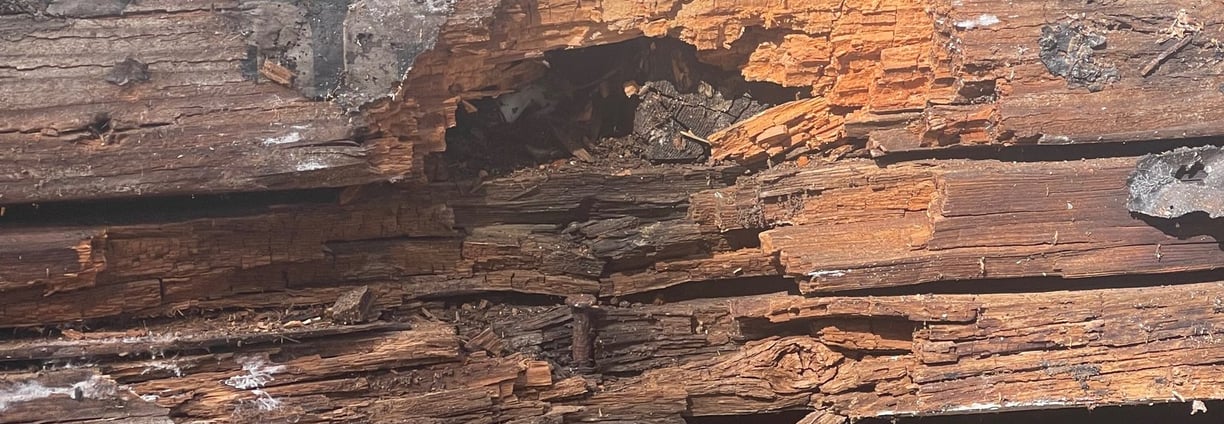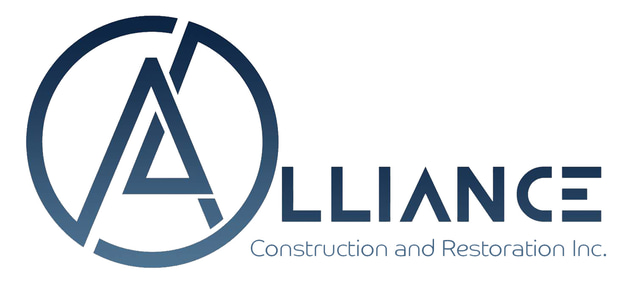Free estimates
Understanding Dry Rot
Understanding Dry Rot: What It Is and How It Can Hurt Your Home
What is Dry Rot?
Dry rot is a type of wood decay caused by certain species of fungi that thrive in moist conditions. Unlike other forms of wood rot, dry rot attacks the cellulose in wood, leading to structural weaknesses and damage. It can occur in various parts of your home, including siding, roofs, and structural beams, and often goes unnoticed until significant damage has been done.
How Does Dry Rot Develop?
Dry rot requires a few key conditions to develop:
Moisture: Excess moisture is the primary breeding ground for dry rot. This can come from leaks, poor drainage, or high humidity levels.
Warmth: Warm environments foster fungal growth. Dry rot is more likely to occur in poorly ventilated areas or places with inadequate insulation.
Wood: Naturally, dry rot requires a wood source to thrive. Any untreated or damaged wood is at risk.
Signs of Dry Rot
Detecting dry rot early is crucial to preventing costly repairs. Common signs include:
Mushroom Growth: You may see white, gray, or yellowish fungi, which indicate fungal presence.
Cracked or Flaking Wood: Affected wood may appear dry, cracked, or flaky.
Soft or Brittle Wood: When touched, the wood may feel spongy or crumble easily.
Musty Odors: A damp, musty smell in certain areas of your home may indicate hidden moisture and potential rot.
How Does Dry Rot Hurt Your Home?
If left untreated, dry rot can cause a range of issues, including:
Structural Damage: As dry rot weakens the wood, it can compromise the integrity of structures, such as beams and frameworks, leading to unsafe conditions.
Costly Repairs: Repairing dry rot can be expensive, especially if the damage has spread extensively. Early detection can help prevent high repair bills.
Negative Impact on Home Value: A home with untreated dry rot may see a decrease in value and can deter potential buyers during inspections.
Health Risks: The fungi that cause dry rot can also contribute to mold growth, which may pose health risks to you and your family.
Protecting Your Home from Dry Rot
The best defense against dry rot involves prevention and maintenance:
Investigate and Fix Sources of Moisture: Regularly check for roof leaks, plumbing issues, and ensure proper drainage around your home.
Maintain Adequate Ventilation: Ensure areas like attics and crawl spaces are well-ventilated to keep moisture levels in check.
Regular Inspections: Conduct routine inspections of wooden structures and materials in your home for early signs of dry rot.
Use Treated Lumber: When repairing or replacing wood, use treated lumber that is more resistant to rot.
Conclusion
Understanding dry rot and how it can affect your home is vital for maintaining its integrity and value. If you suspect dry rot damage in your home, don’t hesitate to reach out for a professional assessment. At [Your Business Name], we specialize in diagnosing and repairing dry rot issues to help ensure your home remains safe and sound. Contact us today to learn how we can help protect your investment!
Understanding Dry Rot Solutions
We provide essential information on dry rot, including what it is, its effects, and effective solutions. Learn how to identify dry rot and when to call a professional for assistance.


Your Dry Rot Resource
Expert Dry Rot Guidance
Our mission is to educate homeowners about dry rot, helping them understand its causes and remedies. We aim to empower you with knowledge for effective prevention and repair strategies.
Contact Us for Assistance
Reach out for expert advice on dry rot issues, repairs, and professional services. We're here to help you understand and resolve your concerns.
